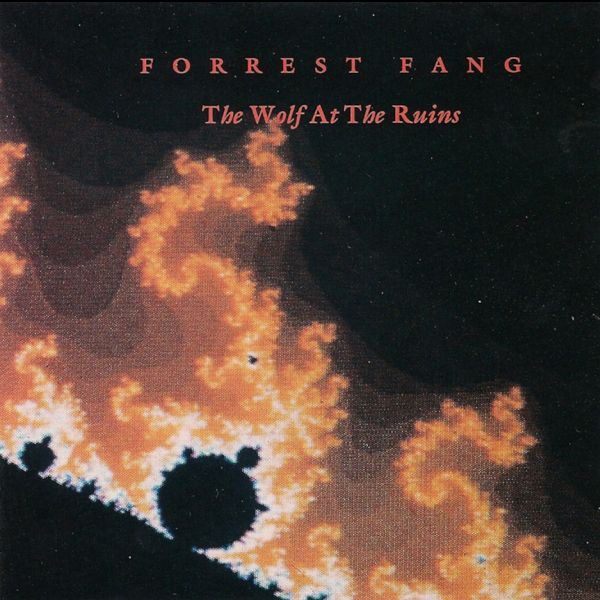I’m really, really excited to share this second record with you: Forrest Fang’s incredible The Wolf At The Ruins from 1989!
It seems to me that these days we’re just way too quick to designate specific albums as “masterpieces”, considering that for a work of art to be considered a masterpiece it also must prove to be to some extent timeless (among other things but let’s keep it simple for today). The Wolf At The Ruins has definitely passed the test of time now and it is to this day a unique experience. I have yet to hear an instrumental/ambient album like it. It’s without a doubt (and sadly) an unsung masterpiece. It altered my understanding of music in a substantial way and I hope it will do the same for you!
The mind that created it is a Chinese-American multi-instrumentalist whose first instrument was the violin. However, in 1980 he felt the need to broaden his palette and started studying electronic music, composition and jazz improvisation at Washington University in St Louis, MO. Simultaneously he picked up fiddling at regional fiddling festivals and discovered his appreciation for stringed instruments like the mandolin and mandola (which would later factor into Wolf).
Forrest Fang would shortly after start composing and releasing his first full-lengths which were all heavily rooted in electronic music and progressive rock. Ambitious as he was though, Fang began studying Chinese classical music with the zheng (Chinese zither) player Zhang Yan. What he learned would then influence and shape his next record; marking The Wolf At The Ruins as a turning point in his discography.
Nothing prepares you for what is about to enfold on you when you press play on this recording (although the fiery artwork is a stark hint). Wolf is usually handled as an ambient record – something I do have a hard time to swallow since ambient usually means an effortless blending of sounds with what’s around you – but ambient recordings are usually great for passive listening which seems impossible here though (with a few exceptions aside). It’s too dense and busy. It’s just damn huge and cinematic.
Fang effortlessly blends together different ethnic styles and instruments with a wish for innovation and passion that is rare to come across. Between traditional Chinese music, Balinese gamelan, synthetic textures, violins, zheng, bells, Steve Reich-like grid-work, tape delays, polyrhythms, African balafon, Japanese palm harps, bandurria, even yangqin (a Chinese hammered dulcimer), there’s just so much going on here – it’s astounding! But never overwhelming (although reaching some real intense highs)!
The Wolf At The Ruins is a milestone of experimental global music (a description that fits it much better than ambient in my opinion) and should be way more present in our music history books. Don’t rob yourself of this experience!
You can buy the record here.
Unfortunately Wolf is not on Spotify (don’t know about other streaming platforms though) and neither on YouTube but you can listen to it partly via Bandcamp.
